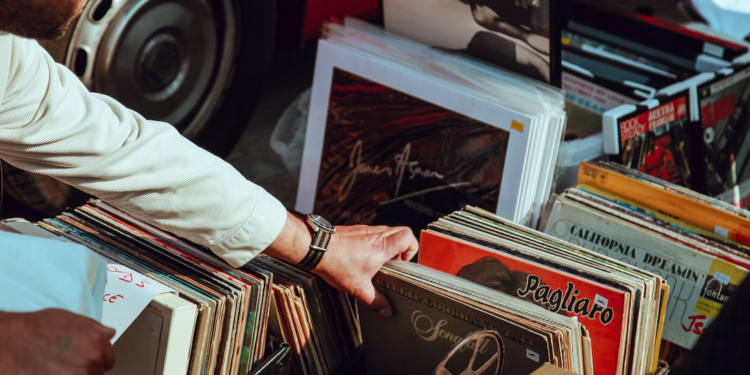Vintage and consignment shops support sustainability by promoting the resale and reuse of long-lasting items instead of alternatively throwing them away. Secondhand shopping and thrifting are keys to Earth’s future.
We’ve reached the point where new production is unnecessary. Our planet is riddled with goods we don’t even use. Many items are overproduced and end up in landfills as quickly as they were assembled. People purchasing brand new items for every occasion are perpetuating this system – secondhand shopping slows this cycle.
We’ll always support the purchase of thrifted goods but when it comes to vintage items, there are a few drawbacks a consumer must know.
What Makes Something Vintage?
The term vintage has evolved into a buzz word and marketing ploy that attracts old souls with trendy minds. A pair of jeans may just be jeans, but if they’re tagged as vintage, the purchase appeal rises.
Clothing or items are usually considered vintage after 40 years of existence. They’re retro after 20 years and antique after 100. These checkpoints can vary from dealer to dealer, but one thing stays constant – prices are elevated.
Outrageously Priced Objects
If you’re browsing at a vintage shop, it’s not unlikely you’ll gasp at the price of many products. You’ll wonder who in their right mind would ever purchase a brass candle holder for $150 but surprisingly, people do.
The concept of owning items that were around before they were even alive is exciting to many consumers. Sometimes, a consumer is creating a particular theme within a space, so vintage items match perfectly. Other times consumers find something interesting and want to purchase. If money is no object, vintage shops are a great place to find unique items with a lot of soul.
Unfortunately, if your budget is limited, vintage items will likely be too expensive. Shop owners take advantage of the consumer’s desire and jack up prices because they know someone will still want to buy it – just maybe not you.
Related Articles: Make Black Friday Green | Sweaters to Get Cozy this Winter | Reselling Business: A Growing Circular Economy in Fashion
Beyond the Shop
While shops are a one-stop store filled with entirely vintage items, you can sometimes find what you’re looking for outside of one.
People often give away old trinkets or furniture without knowledge of its history or potential resale price. Yard sales and online marketplaces have great potential for spotting vintage items. Moreover, someone may leave vintage items out on their front lawn for trash pickup – swoop in and grab them before the garbage men do!
Estate sales are another hotspot for vintage items at a low cost. Usually, hosts are looking to get rid of all items as quickly as possible. As a buyer, this is advantageous because bargaining is not out of the question. Be reasonable but firm with your offered price, many estate sale hosts will be happy to sell anything.
Not all vintage items are worth their marked price. Shop owners capitalize on consumers’ desire for classic goods, often increasing prices because they know people will still buy it. You should look elsewhere for more reasonably priced vintage items like online marketplaces or even your neighbor’s lawn!
Vintage shopping is a pillar of secondhand transactions but there is no reason for it to break your bank.
Editor’s Note: The opinions expressed here by Impakter.com columnists are their own, not those of Impakter.com. — In the Featured Photo: Vintage Shopping. Featured Photo Credit: Clem Onojeghuo.










